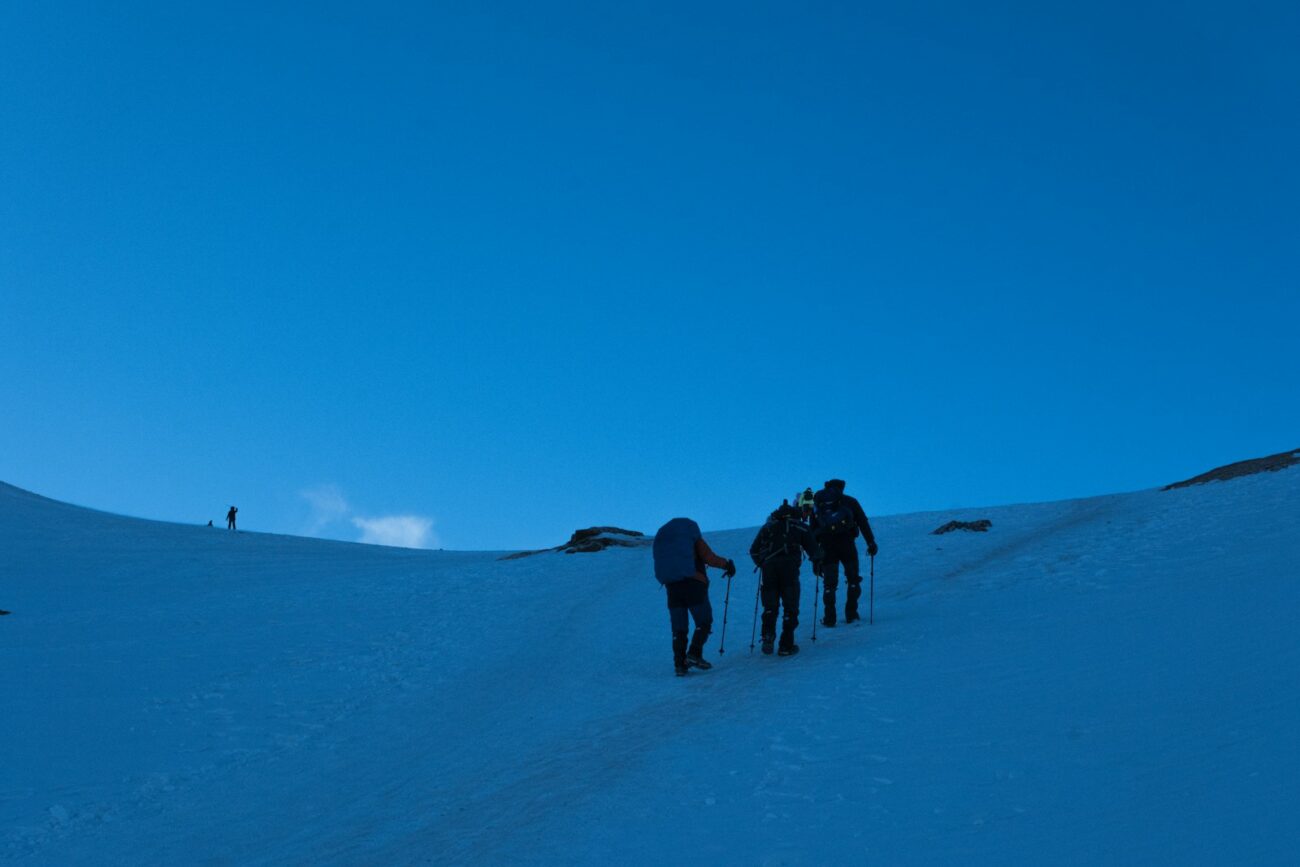High-altitude trekking represents one of the most challenging and rewarding outdoor adventures available to enthusiasts. Venturing above 15,000 feet (approximately 4,572 meters) takes you into the realm of extreme altitude, where the air contains significantly less oxygen, temperatures fluctuate dramatically, and weather conditions can change in minutes. Proper preparation isn’t just about comfort—it’s essential for safety and success. Whether you’re planning to tackle Mount Kilimanjaro, explore the Himalayan passes, or summit peaks in the Andes, thorough preparation months before your departure can make the difference between an exhilarating accomplishment and a dangerous situation. This comprehensive guide will walk you through everything you need to know to prepare physically, mentally, and logistically for the challenges of high-altitude trekking.
Understanding High Altitude and Its Effects on the Human Body
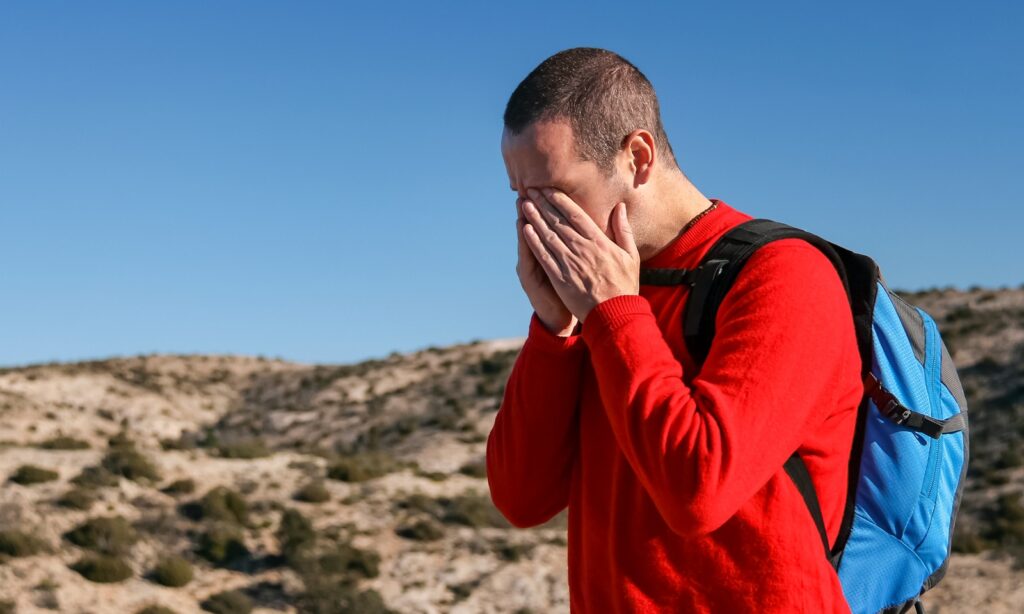
At elevations above 15,000 feet, the atmospheric pressure decreases significantly, resulting in approximately 40% less oxygen available with each breath compared to sea level. This reduction triggers a series of physiological responses in the human body, including increased respiratory rate, elevated heart rate, and changes in blood chemistry as your system struggles to deliver adequate oxygen to tissues. The body’s initial response mechanisms begin within hours of ascent, but complete acclimatization requires days or even weeks of gradual adaptation. Understanding these biological processes is crucial because they explain why symptoms like headaches, nausea, dizziness, and fatigue occur at high altitudes and why proper acclimatization is non-negotiable for safety. Even physically fit individuals can experience altitude sickness if they ascend too quickly, making knowledge of how your body responds to altitude essential preparation for any high-elevation trek.
Physical Training: Building the Right Kind of Fitness

Preparing physically for high-altitude trekking requires a specialized approach that differs from standard fitness routines. Begin your training program at least four to six months before your departure date, focusing on building cardiovascular endurance through activities like hiking, running, cycling, or swimming for 45-60 minutes at least four times weekly. Incorporate interval training to improve your body’s oxygen utilization efficiency by alternating between periods of high intensity and recovery. Strength training, particularly for legs and core, should complement your cardio work with exercises like squats, lunges, and step-ups mimicking the movements you’ll perform on the trek. Equally important is training with a loaded backpack on varied terrain and gradually increasing elevation gain in your workouts, which simulates actual trekking conditions more accurately than flat-ground exercise. Remember that while fitness won’t prevent altitude sickness, it will significantly enhance your overall trekking experience by reducing fatigue and allowing you to focus on the spectacular surroundings rather than physical discomfort.
Altitude Acclimatization Strategies
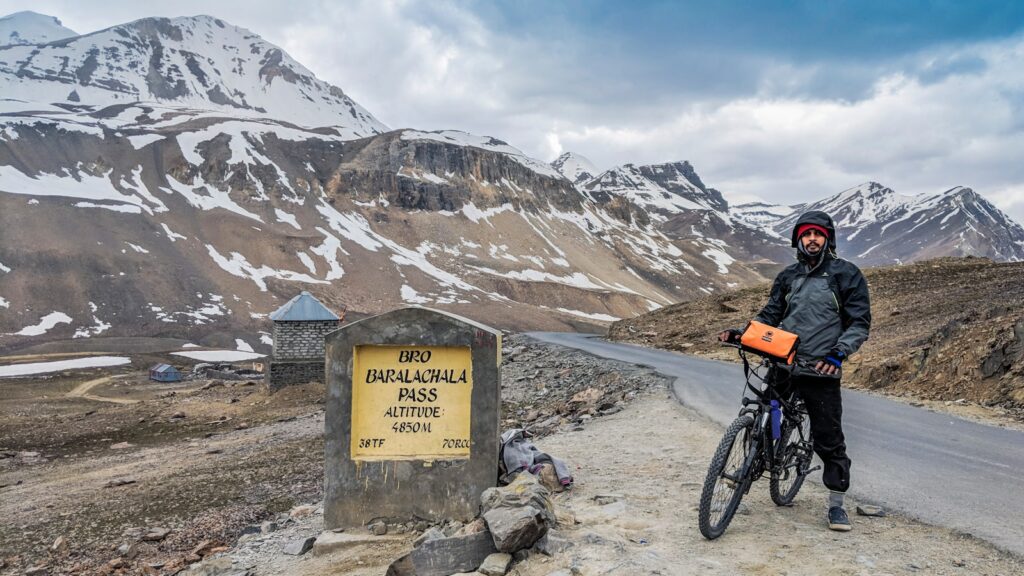
Proper acclimatization stands as the single most important factor in preventing altitude-related illness during high-elevation treks. The golden rule of high-altitude trekking is “climb high, sleep low,” which involves gaining elevation gradually during the day but descending slightly to sleep at night, giving your body time to adjust. Plan an itinerary that includes rest days after significant elevation gains, typically scheduling one full acclimatization day for every 1,000 feet gained above 10,000 feet. Hydration plays a crucial role in acclimatization, so aim to drink 4-5 liters of water daily despite the cold conditions and increased urination that typically occurs at altitude. Many experienced trekkers and medical professionals recommend considering medications like Diamox (acetazolamide), which can help prevent altitude sickness by accelerating your body’s acclimatization process when taken prophylactically under proper medical guidance. Remember that no trekking schedule or summit goal is worth risking your health—always be prepared to descend if altitude symptoms persist or worsen despite rest and hydration.
Essential Gear for Extreme Altitude
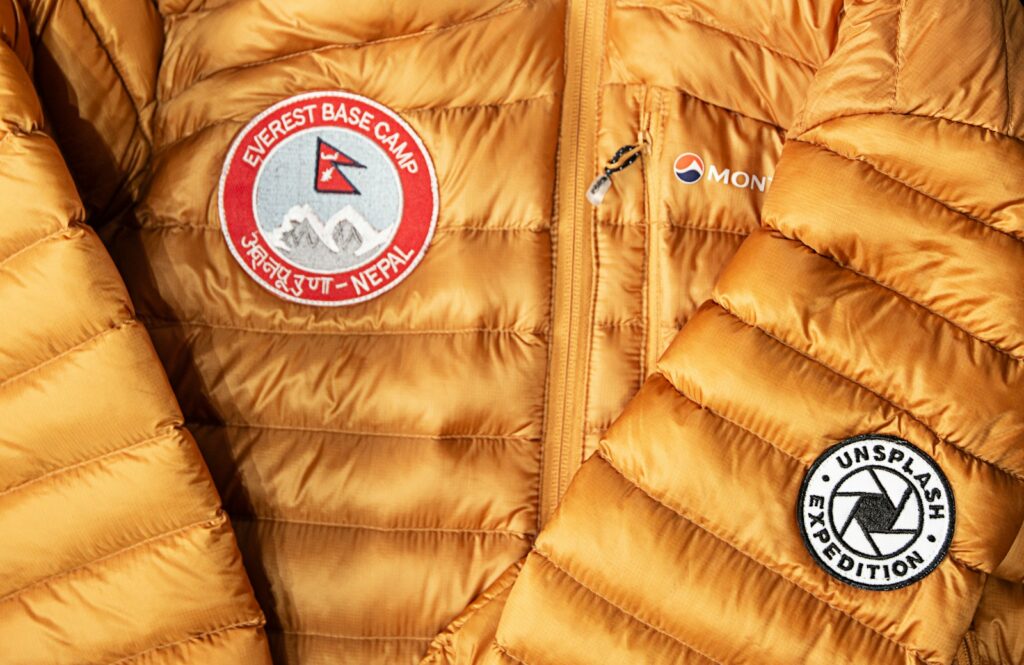
Trekking above 15,000 feet demands specialized equipment designed to protect you from extreme environmental conditions. Your layering system becomes critical, starting with moisture-wicking base layers, insulating mid-layers of fleece or down, and outer shells that provide windproof and waterproof protection while remaining breathable. Invest in a high-quality sleeping bag rated at least 10-15 degrees below the coldest temperatures you expect to encounter, paired with an insulated sleeping pad with an R-value of at least 5 to prevent ground-cold transmission. Altitude-specific equipment should include UV-protective sunglasses with side shields to prevent snow blindness, a sturdy trekking pole system to reduce impact on knees during steep descents, and a headlamp with extra batteries for navigating in darkness. Don’t underestimate the importance of properly fitted, broken-in mountaineering boots with appropriate insulation and ankle support, as foot problems can quickly end an otherwise well-planned expedition. Remember that at extreme altitudes, equipment failures can have serious consequences, so choose quality gear, test everything thoroughly before departure, and always carry critical backup items.
Nutrition and Hydration Requirements
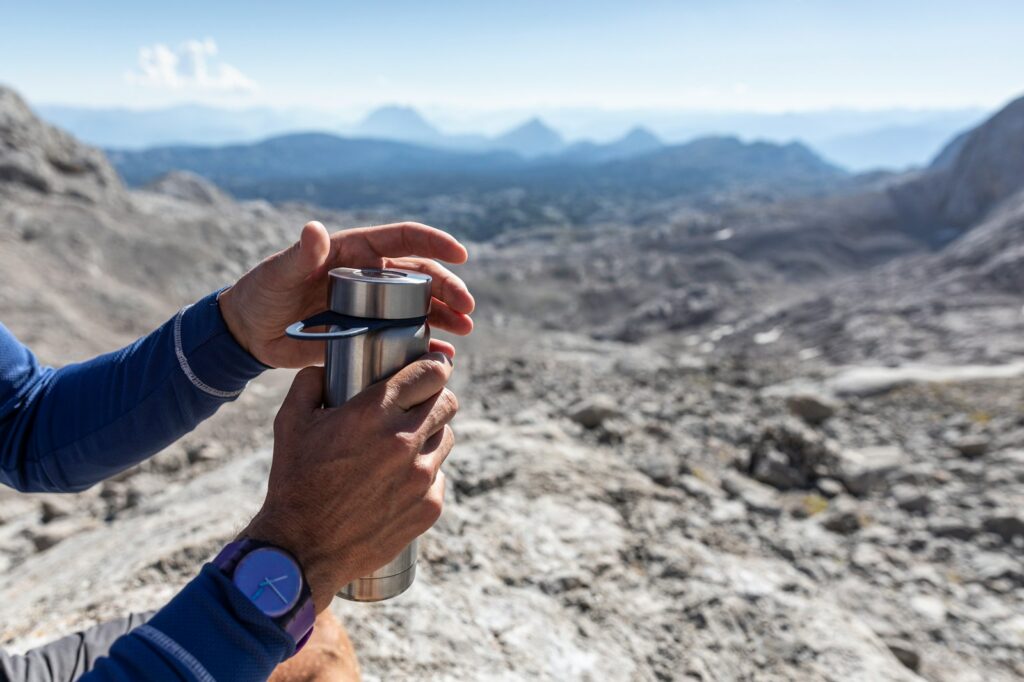
High-altitude environments dramatically increase your body’s caloric and hydration needs due to increased metabolic rate, respiratory water loss, and the energy demands of staying warm. Plan for consuming 3,000-5,000 calories daily through energy-dense foods that remain palatable at altitude, when many trekkers experience diminished appetite despite higher energy requirements. Carbohydrates should comprise approximately 60-70% of your caloric intake as they require less oxygen to metabolize than proteins or fats, making them the most efficient energy source in oxygen-poor environments. Hydration becomes particularly challenging above 15,000 feet due to increased respiratory water loss, frequent urination from altitude diuresis, and the practical difficulties of melting snow or ice for water; aim to drink 4-5 liters daily regardless of thirst sensation, and consider adding electrolyte supplements to prevent hyponatremia. Pack foods that won’t freeze, require minimal preparation, and provide nutrition even when appetite wanes—options like nuts, energy bars, chocolate, dried fruits, and instant soups tend to work well. Remember that proper nutrition and hydration aren’t just comfort factors—they directly impact your body’s ability to acclimatize and function effectively at extreme altitudes.
Mental Preparation and Psychological Challenges

The psychological demands of high-altitude trekking often prove as challenging as the physical requirements, yet receive far less attention in preparation plans. Extended periods in remote, extreme environments can trigger anxiety, irritability, decision-making difficulties, and even depression, particularly when combined with physical discomfort, sleep disruption, and reduced oxygen levels affecting brain function. Prepare mentally by practicing mindfulness and breathing techniques that can help manage discomfort and anxiety during difficult sections of the trek. Building realistic expectations through research and conversations with experienced high-altitude trekkers helps prevent the disappointment and frustration that can occur when confronting unexpected challenges. Develop a personal motivation framework by clearly defining your “why” for undertaking this challenge, creating something meaningful you can revisit during difficult moments on the trail. Remember that mental resilience often determines success in extreme environments, where the ability to maintain positive thinking, adapt to changing conditions, and persevere through discomfort frequently distinguishes those who reach their goals from those who turn back.
Medical Preparations and Emergency Planning
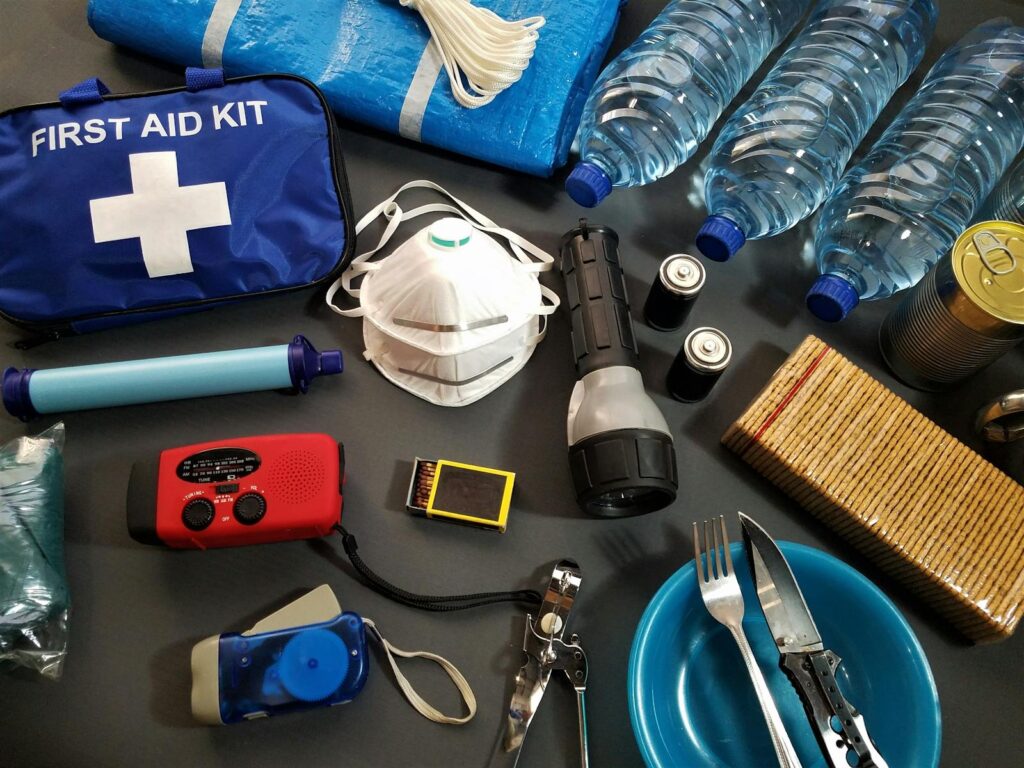
Comprehensive medical preparation for high-altitude trekking begins with a thorough check-up from a healthcare provider familiar with wilderness medicine or travel health, ideally 3-6 months before departure. Discuss your specific trek with your doctor and consider consulting a specialist in high-altitude medicine who can provide personalized advice regarding medications like acetazolamide (Diamox), dexamethasone, or nifedipine, which may be prescribed prophylactically or for emergency treatment of altitude-related conditions. Assemble a well-stocked first aid kit tailored to high-altitude environments, including medications for altitude sickness, pain relief, antibiotics, anti-diarrheals, blister treatment, and any personal prescription medications in quantities exceeding your expected trip duration. Learn to recognize the symptoms of serious altitude illnesses including High Altitude Pulmonary Edema (HAPE) and High Altitude Cerebral Edema (HACE), which can be fatal if not addressed promptly with immediate descent and medical intervention. Develop a detailed emergency evacuation plan before departure, including communication devices like satellite phones or personal locator beacons, knowledge of nearest medical facilities, and sufficient funds or insurance coverage for emergency evacuations which can cost tens of thousands of dollars in remote regions.
Understanding Weather Patterns and Seasonal Considerations

Weather conditions above 15,000 feet can be extraordinarily severe and unpredictable, with temperature variations of 40-50°F between day and night not uncommon in many high-altitude regions. Research historical weather patterns for your specific destination and trekking dates, understanding that high mountains create their own microclimates where conditions can change dramatically within hours. Most high-altitude destinations have distinct trekking seasons when conditions are relatively more stable; for example, the Himalayan pre-monsoon (April-May) and post-monsoon (October-November) periods typically offer the most favorable conditions, while the Andes of Peru are generally most accessible during their dry season (May-September). Be particularly cautious of monsoon patterns, which bring dangerous conditions including avalanches, landslides, and impassable river crossings to many Asian mountain regions. Develop contingency plans for weather delays, including extra food supplies and flexible return transportation arrangements, as waiting out storms is sometimes necessary for safety. Remember that extreme-altitude weather forecasting remains less accurate than predictions for lower elevations, so always prepare for conditions worse than anticipated, especially regarding wind protection and cold-weather gear.
Route Planning and Itinerary Development
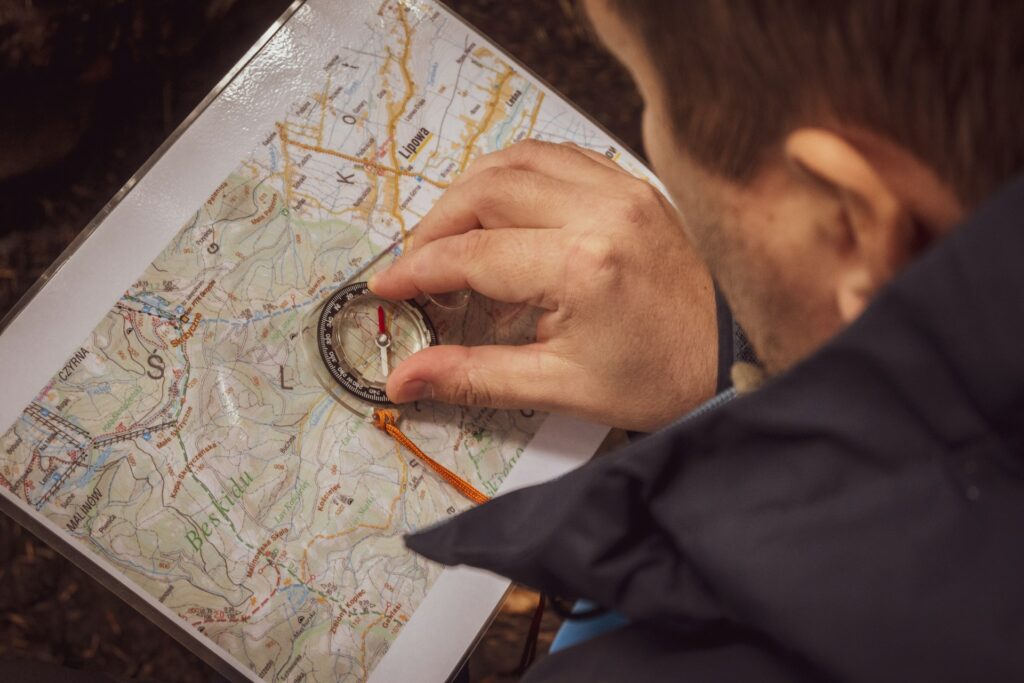
Creating an appropriate itinerary for high-altitude trekking requires balancing ambition with safety through careful consideration of elevation profiles, acclimatization needs, and escape routes. Study topographic maps and elevation charts in detail, identifying sections with steep gains that will require more time and energy, particularly above 15,000 feet where each step demands significantly more effort. Build a conservative daily schedule allowing for 5-7 hours of actual trekking time plus rest breaks, recognizing that distance covered will decrease markedly as altitude increases—a pace of 1-1.5 miles per hour might be realistic above 15,000 feet even for fit trekkers. Incorporate mandatory acclimatization days into your itinerary, typically scheduling a rest day for every 3,000 feet gained above 10,000 feet, during which you might take short “climb high, sleep low” hikes. Identify and document potential escape routes at various points along your trek that would allow for rapid descent in case of severe weather or medical emergencies. Remember that flexibility remains essential in high-altitude environments—your final itinerary should include buffer days and decision points where you can assess conditions and adjust plans without creating pressure to proceed in unsafe situations.
Selecting the Right Guide Service or Team
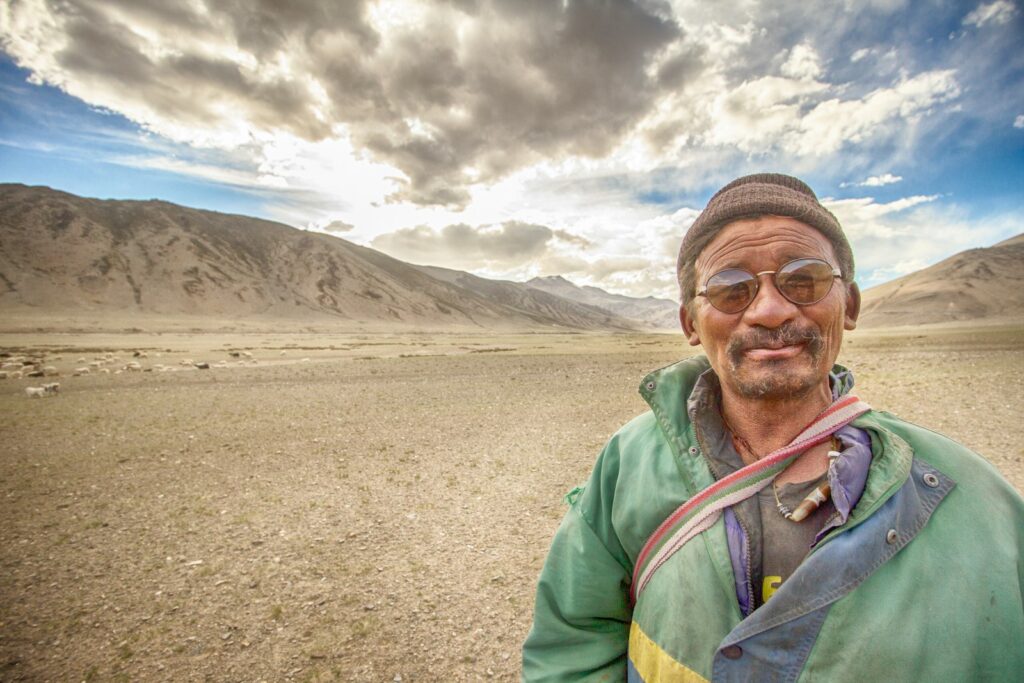
For most trekkers venturing above 15,000 feet, especially those without extensive high-altitude experience, engaging a reputable guide service provides critical safety advantages and local knowledge. Research potential outfitters thoroughly by reading unfiltered reviews, requesting references from past clients, and verifying their emergency protocols, guide-to-client ratios, and guide qualifications including wilderness first responder or similar medical training. Ethical considerations should factor prominently in your selection process—responsible operators pay fair wages to local staff, provide adequate equipment and insurance for guides and porters, and adhere to environmentally sustainable practices even if these increase costs. Clarify exactly what services are included in quoted prices, particularly regarding quality of accommodations, meal provisions, oxygen availability, communications equipment, and whether personal porters are separate from group equipment porters. Smaller groups typically receive more personalized attention and can move more efficiently at high altitudes, so consider group size limitations when comparing services. Remember that the cheapest option rarely represents the best value in high-altitude trekking, where experienced leadership and proper support systems can make the difference between a transformative experience and a dangerous situation.
Communication and Technology Considerations
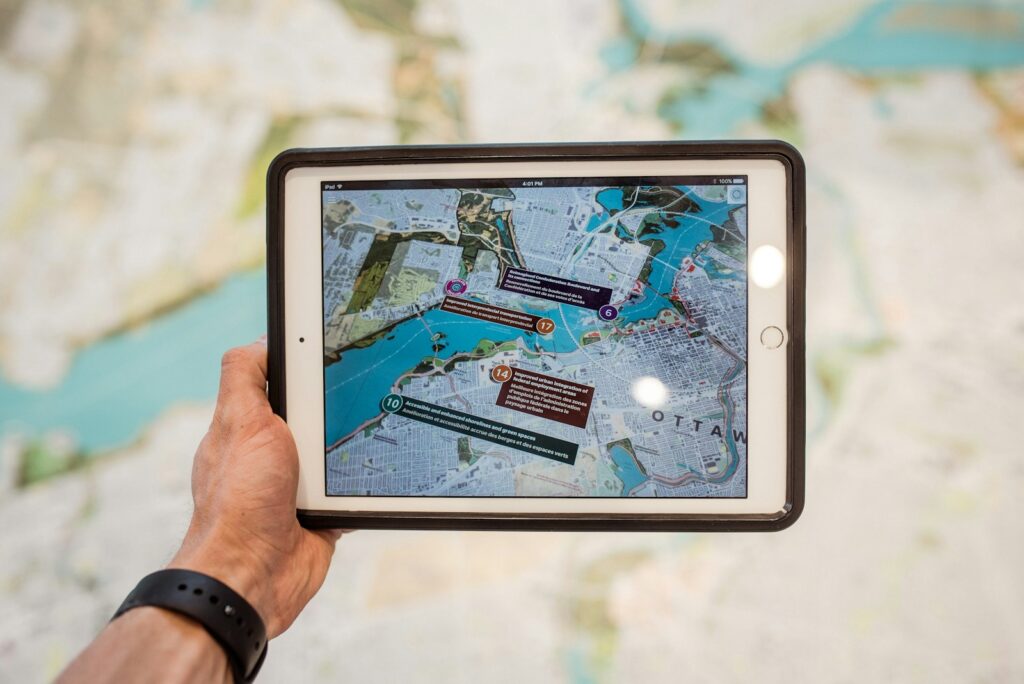
Reliable communication capabilities represent a crucial safety component for high-altitude expeditions, serving both emergency and psychological purposes. Research connectivity options for your specific route, recognizing that conventional cell service becomes increasingly unreliable above 15,000 feet and in remote mountain regions. Satellite communication devices like Garmin inReach, SPOT Messengers, or satellite phones provide the most dependable emergency contact options, allowing for two-way messaging, location sharing, and SOS signaling in areas without cellular coverage. GPS navigation tools loaded with detailed topographic maps of your route serve as important backups to guide knowledge and traditional navigation, though always carry physical maps and compass as technology can fail in extreme conditions. Power management becomes a critical consideration at high altitudes where cold temperatures dramatically reduce battery life; pack multiple power banks, consider solar charging options for extended trips, and keep devices and batteries in sleeping bags at night to prevent cold-related power loss. Remember that while technology provides valuable safety margins, over-reliance can create vulnerabilities—develop analog skills like map reading and weather prediction as part of your preparation, and establish clear communication plans with emergency contacts including expected check-in schedules and protocols if you miss communications.
Environmental Ethics and Responsible Trekking

High-altitude environments represent some of Earth’s most fragile ecosystems, with extremely slow recovery rates from human impact due to short growing seasons, minimal soil development, and harsh conditions. Commit to Leave No Trace principles with particular attention to proper human waste management, which presents unique challenges above 15,000 feet where decomposition occurs very slowly if at all; many high-altitude regions now require pack-out systems or designated waste disposal practices. Minimize your carbon footprint by choosing locally-based outfitters, combining travel purposes when possible, and considering carbon offset programs for unavoidable flights to remote trekking destinations. Cultural sensitivity becomes equally important in mountain regions, where many high-altitude environments hold spiritual significance to local populations—research local customs regarding appropriate behavior on mountains, photography permissions, and religious sites you might encounter. Support the economic sustainability of mountain communities by purchasing locally-produced goods, hiring local guides, and respecting fair-price systems rather than aggressive bargaining that may seem harmless but can undermine fragile mountain economies. Remember that responsible trekking ensures these magnificent places remain accessible and pristine for future generations of both visitors and the communities who call these mountains home.
Post-Trek Recovery and Reflection

The conclusion of a high-altitude trek marks not the end but a transition requiring intentional recovery and integration of the experience. Plan for adequate physical recovery time before returning to normal activities, recognizing that your body has undergone significant stress and adaptation that takes time to normalize—most experienced trekkers recommend allowing at least one week of reduced activity following a major high-altitude expedition. Hydration and nutrition remain priorities during recovery, with emphasis on replenishing micronutrients like iron that may be depleted after extended time at altitude. Process your experience through journaling, photo organization, or conversations with fellow trekkers, allowing yourself to integrate both the challenges and achievements into your broader life narrative. Consider sharing your knowledge with others planning similar treks, as experiential information about specific routes and conditions often proves more valuable than commercial guidebooks or websites. Remember that post-expedition depression affects many trekkers when returning from transformative high-altitude journeys—combat this by maintaining connections with trekking companions, planning future adventures (even modest ones), and finding ways to incorporate the personal growth and perspective gained on the mountain into your everyday life.
Preparing for a trek above 15,000 feet represents a significant commitment that extends far beyond packing the right gear. The journey begins months before you set foot on the trail, with physical conditioning that builds the specific strengths you’ll need at altitude. Understanding the physiological challenges of extreme elevation allows you to approach acclimatization with the respect it deserves, potentially preventing dangerous altitude-related conditions. When properly prepared—physically, mentally, and logistically—high-altitude trekking offers unparalleled rewards: pristine landscapes few humans ever witness, a profound sense of accomplishment, and the unique perspective that comes from standing atop the world. The preparation itself becomes part of the journey, transforming what might otherwise be an overwhelming challenge into a deeply rewarding adventure that remains with you long after you’ve descended from the heights.

